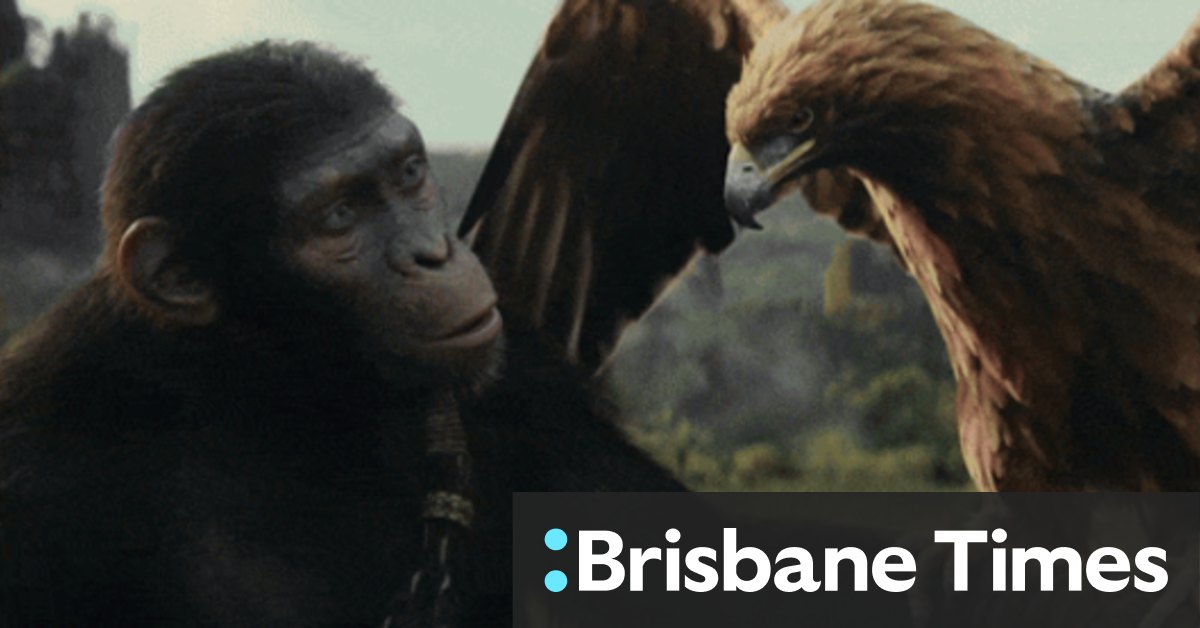 Reference: Visit website
Reference: Visit website
If making any movie is risky, rebooting the Planet of the Apes franchise (again) must represent a particularly hairy leap into the unknown for everyone involved.
The first film – starring Charlton Heston as an astronaut who thinks he's travelled to a distant planet, only to realise in the final frames he has, in fact, travelled forward in time to his own – relied on make-up so advanced for its time that its designer was given an honorary Academy Award.
"Everywhere they go, there's this freakin' camera, so in my close-ups half their face is covered by a f---ing camera," says Ball. "That's the necessary process of it all."
Generally speaking, Ball likes to shoot on the run, to allow space for serendipitous moments on set to emerge. But a movie like this, in which he'd have to shoot a landscape with his mocap (motion capture) actor in it, then again without the actor so the two might be seamlessly merged in the editing suite, demands enormous rigour in the planning, and leaves little room to manoeuvre later.
"Because of the time it takes to put this stuff together, you have to choose the take you want to use six, seven, eight months in advance," Ball says. "You're basically creating a jigsaw puzzle, but you're doing it piece by piece all on its own, and you're carving that shape right there, so it fits into this shape over here, and they're all separate from each other until the last four weeks, when all those puzzles come together and you hope they fit.
"It's wild trying to create something that is real and authentic when it is such a process of craft."
No comments:
Post a Comment